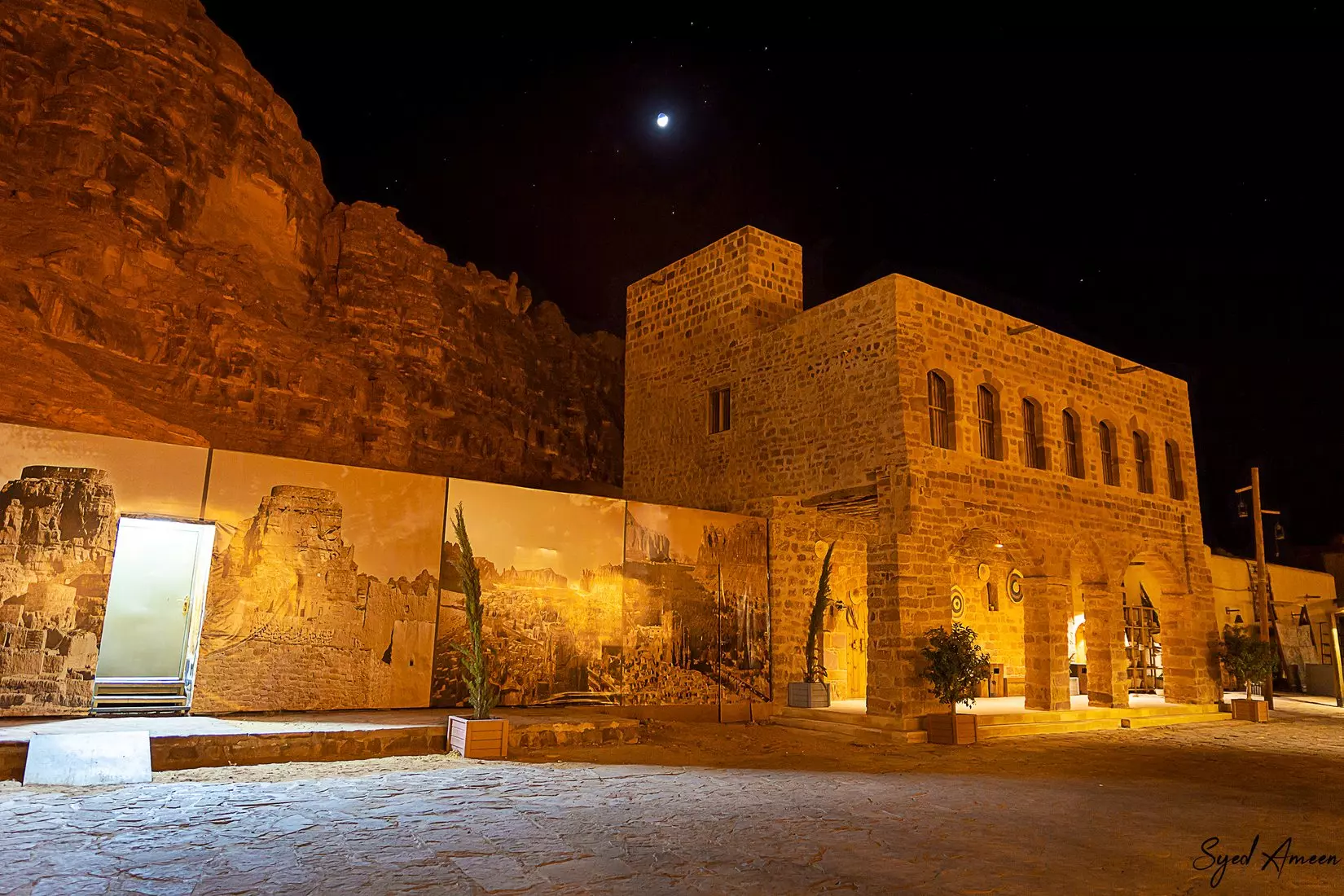『Al Ula Saudi Arabia 』
Today, Al Ula Saudi Arabia we’re going to talk about the historic city of Al Ula. Al Ula is a historical
archaeological site located in the northwestern region of Saudi Arabia, about 110 kilometres southwest of the city of Tayma and 300 kilometres north of Medina. It is best known for being the site of the ancient Nabatean city of Hegra (also known as Madain Saleh), which is a UNESCO World Heritage Site.
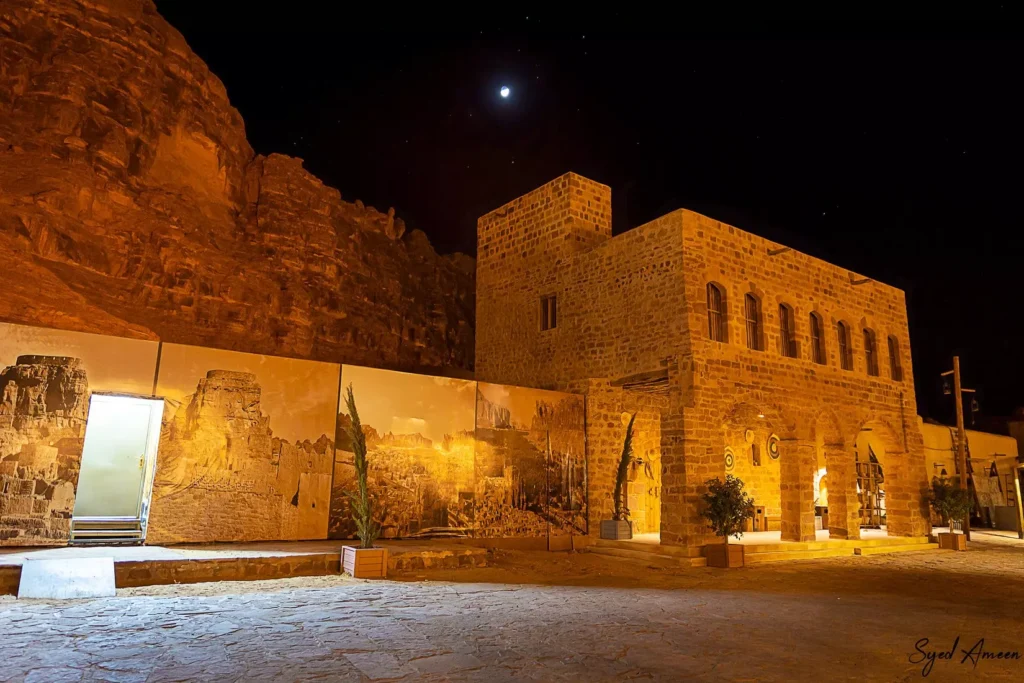
Historical Significance
Al Ula has been inhabited for thousands of years and has served as a crossroads for various civilizations, including the Nabateans, Romans, and others. The most famous historical site in Al Ula is Hegra, which was the second-largest city of the Nabatean Kingdom after Petra in Jordan. Hegra features numerous well-preserved rock-cut tombs, monuments, and inscriptions dating back to the 1st century CE.
UNESCO World Heritage Site
Madain Saleh, also known as Al-Hijr, was designated as a UNESCO World Heritage Site in 2008 due to its outstanding universal value as an archaeological site. It represents the southernmost and largest settlement of the Nabatean people outside Petra.
Natural Beauty
In addition to its historical and archaeological significance, Al Ula boasts stunning natural landscapes characterized by sandstone formations, rocky outcrops, and desert plains. The region’s unique geological features make it a popular destination for outdoor enthusiasts and photographers.
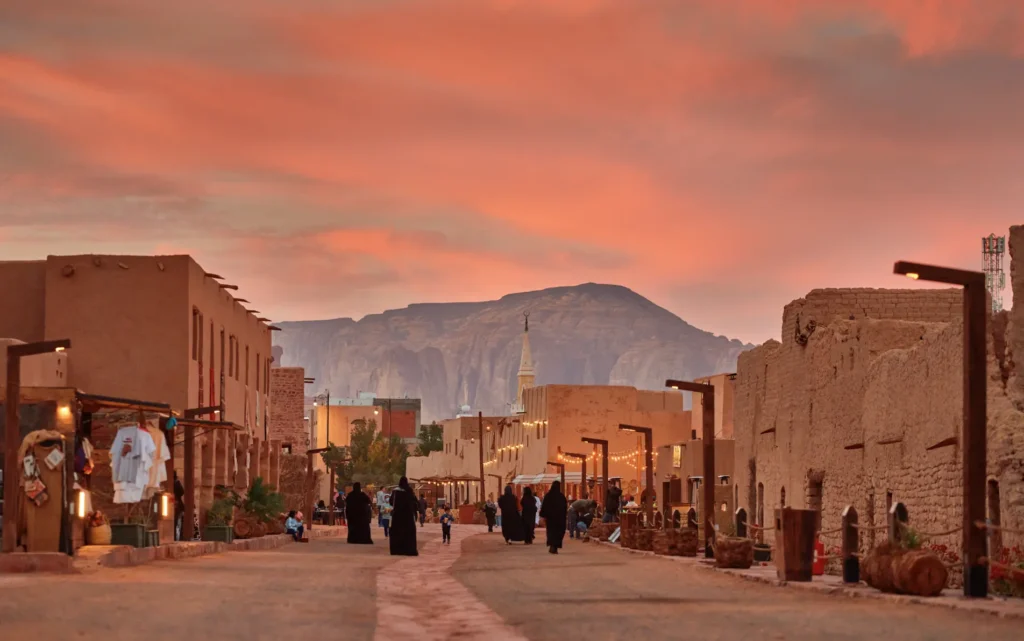
Winter at Tantora Festival
Al Ula gained international attention with the establishment of the winter at Tantora Festival, an annual cultural and entertainment event that takes place from December to March. The festival features concerts, performances, art exhibitions, and other cultural activities against the backdrop of Al Ula’s breathtaking scenery.
Accessibility
In recent years, the Saudi Arabian government has invested in infrastructure development and tourism initiatives to make Al Ula more accessible to visitors. This includes the construction of a new airport, hotels, and visitor facilities to accommodate growing tourism interest in the region.
Preservation Efforts
Efforts are underway to preserve and protect the archaeological and cultural heritage of Al Ula while also promoting sustainable tourism development. This includes initiatives to document and study the historical sites, as well as measures to ensure responsible tourism practices that minimize environmental impact.
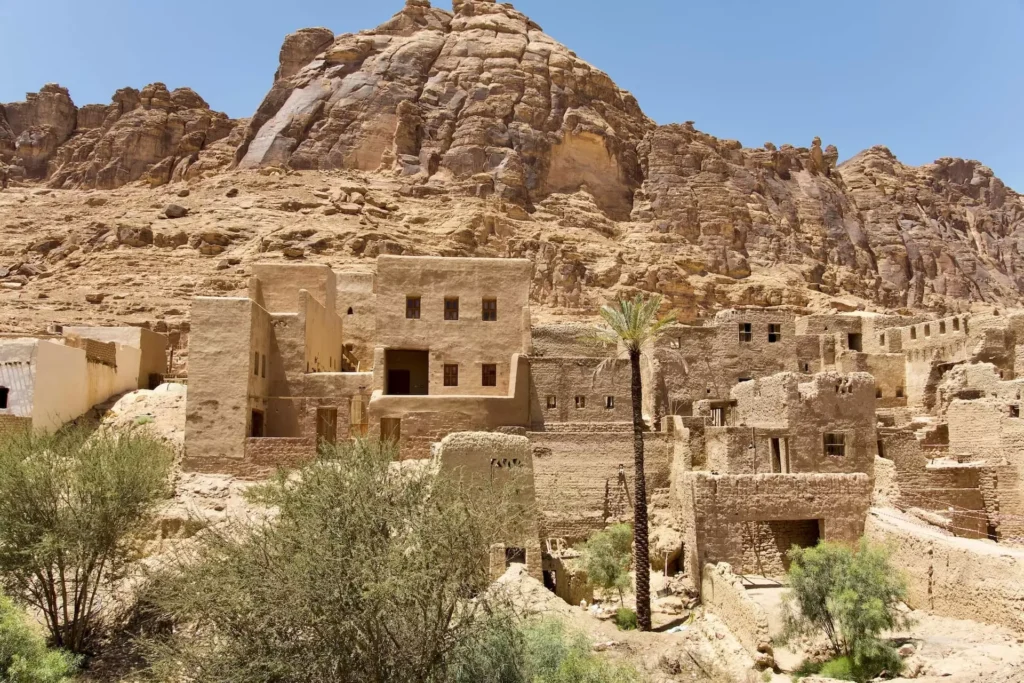
Madain Saleh
Mada’in Saleh, also known as Al-Hijr, is a remarkable archaeological site located in the Al Ula area of northwestern Saudi Arabia. Mada’in Saleh was once an important city of the Nabatean Kingdom, a civilization that prospered in the region from the 1st century BCE to the 1st century CE. The Nabateans were skilled traders who established a network of caravan routes connecting southern Arabia with Egypt, Syria, and other regions. Mada’in Saleh served as a crucial stopping point along these trade routes, making it a prosperous city. The site features numerous well-preserved rock-cut tombs, elaborate facades, inscriptions, and other archaeological remains that attest to the city’s importance during ancient times.
One of the most distinctive features of Mada’in Saleh is its collection of elaborately carved rock-cut tombs. These tombs, known as “qasr” or palaces, are carved directly into the sandstone cliffs and feature intricate facades adorned with columns, pediments, and Nabatean inscriptions. The tombs served as burial chambers for the Nabatean elite and are a testament to their architectural and artistic skills. Mada’in Saleh was designated as a UNESCO World Heritage Site in 2008 in recognition of its outstanding universal value as an archaeological and cultural site. It is one of Saudi Arabia’s most important cultural heritage sites and attracts visitors from around the world interested in exploring its rich history and stunning architecture.
Mada’in Saleh reflects the cultural influences of various civilizations that inhabited the region over the centuries, including the Nabateans, Romans, and other indigenous Arabian peoples. The site’s architecture, inscriptions, and artifacts provide valuable insights into the interactions and exchanges between these diverse cultures. Efforts are underway to preserve and protect Mada’in Saleh’s archaeological and cultural heritage while also promoting sustainable tourism development. This includes initiatives to document and study the site, as well as measures to ensure responsible tourism practices that minimize environmental impact.
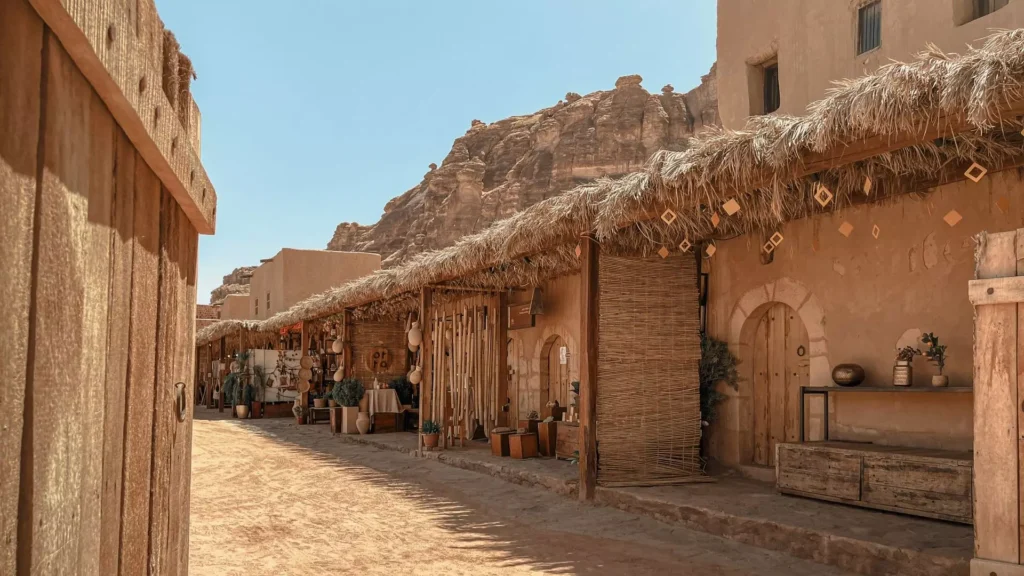
Tourism
The immediate vicinity of Al-Ula contains a unique concentration of precious artifacts, including well-preserved ancient stone inscriptions that illustrate the development of the Arabic language. Additionally, there’s a cluster of rock dwellings and tombs dating from the Nabatean and Dedanite periods, which coincided with Greco-Roman influence during classical antiquity. Al-Ula’s landscape is a striking contrast between dry surroundings—with rocks, canyons, and wadis—and the lush, palm-filled oases near the city center. These natural features contribute to the area’s allure. The walled city of Al-Ula was founded in the 6th century BC. It stood as an oasis in the desert valley, benefiting from fertile soil and abundant water.
Al-Ula was once a key stop on the Hejaz Railway, linking Damascus to Medina. Today, it remains a place of historical significance, with both an ancient old town and a more recent historical city displaying Arabic-Islamic urbanism. Its most popular sites are: Al Ula Old town, Oasis Heritage Trail, Hegra UNESCO Heritage Site, Dadan, Jabal Ikmah, Jabal AlFil (Elephant Rock), Harrarat Viewpoint or Maraya. Travelers from around the world can also enjoy numerous of activities such as stargazing, desert dune bashing, desert campaign, hiking, biking, rock climbing, via ferrata and others.
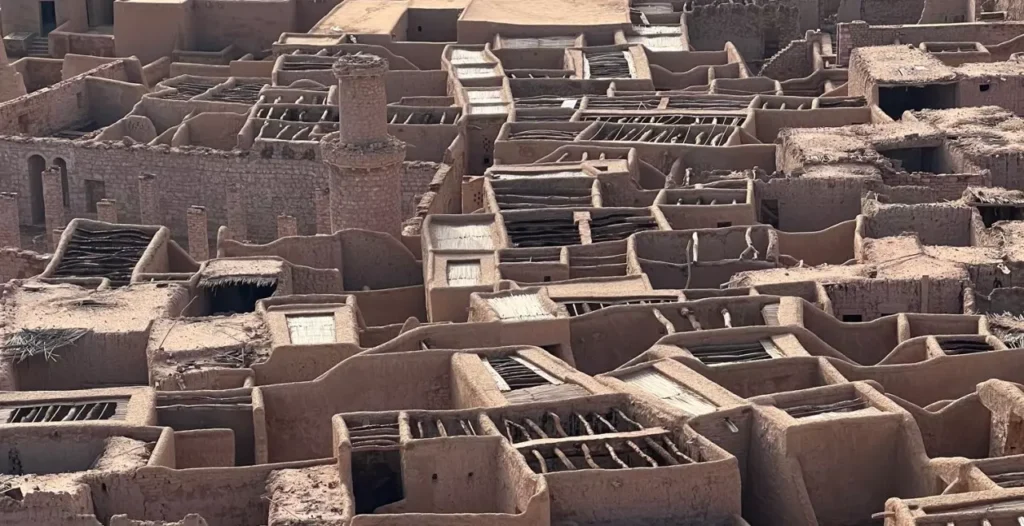
Food
Eating traditional food in Al Ula is one of the most authentic experiences. You can enjoy a variety of delicious Saudi and Arabic dishes prepared according to local recipes, including Jareesh, Marquq, and Al-Qursan, Mansaf, Bukhari and others, in addition to a distinctive selection of oriental sweets, the most famous of which is Kunafa.
Also there is a restaurant called Suhail Restaurant, which offers traditional recipes in a modern way but you must book in advance. It is distinguished by the authentic Saudi hospitality and serves delicious food using local spices and spices, with a modern atmosphere and designs inspired by the magic of the desert in the Arabian Peninsula. You can also enjoy eating at Merkaz Café, which is your first destination in the old town of Al Ula to enjoy breakfast, lunch or dinner with a selection of traditional Saudi delicacies, local sweets and hot drinks.
In conclusion, Al Ula offers a unique blend of history, culture, and natural beauty, making it a compelling destination for travelers interested in exploring Saudi Arabia’s rich heritage.
